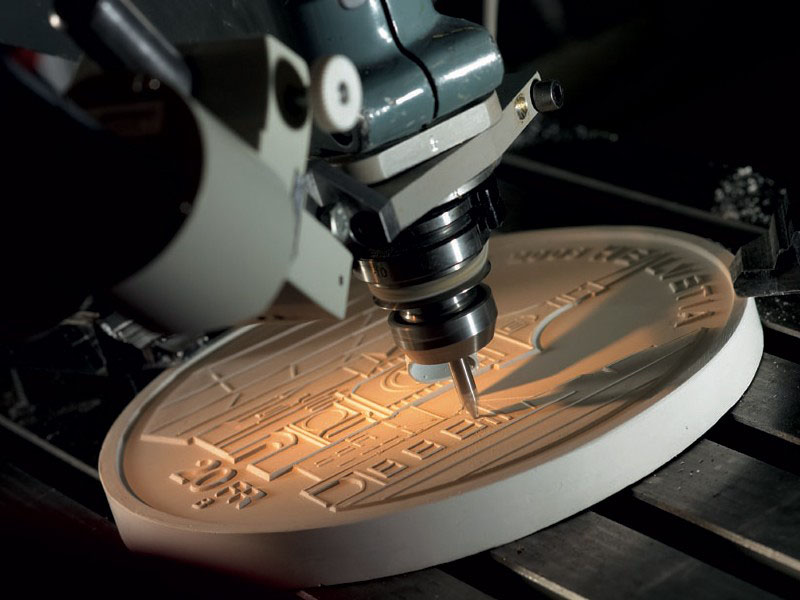

Photoactive Copper Complexes: Properties and Applications. The invention of a totally new term is called coinage. Jérôme Beaudelot, Samuel Oger, Stefano Peruško, Tuan-Anh Phan, Titouan Teunens, Cécile Moucheron, Gwilherm Evano.Journal of the American Chemical Society 2023, 145 Correction to “Highly Efficient Photo- and Electroluminescence from Two-Coordinate Cu(I) Complexes Featuring Nonconventional N-Heterocyclic Carbenes”. In the process of use, coinage deteriorates over time, and its value falls below the nominal value. Jonas Schaab, Shuyang Shi, Moon Chul Jung, Caleb Coburn, Abegail Tadle, Daniel Sylvinson M.and there is a very simple process, by which the imaginary money of the several states may be. Journal of the American Chemical Society 2023, 145 Thomas Jefferson, Propositions respecting Coinage. Correction to “ ‘Quick-Silver’ from a Systematic Study of Highly Luminescent, Two-Coordinate, d10 Coinage Metal Complexes. Peltier, Rodolphe Jazzar, Guy Bertrand, Stephen E.

Kapper, Daniel Sylvinson Muthiah Ravinson, Laura Estergreen, Moon-Chul Jung, Abegail C. Jonas Schaab, Rasha Hamze, Shuyang Shi, Savannah C.This interpretation provides guidelines for the design of new cMa derivatives with even faster radiative rates in addition to those with slower radiative rates and thus extended excited state lifetimes. Analysis of temperature-dependent luminescence data and theoretical calculations indicate that the hole–electron separation exerts a primary effect on the energy gap between the lowest-energy singlet and triplet states (Δ E ST) while keeping the radiative rate for the singlet state relatively unchanged. Of note is the role played by the increased separation between the hole and electron in the ICT excited state. We control the technological production processes, so we can offer you this production method and create products of exclusive design. We find that blue-emissive complexes with high photoluminescence efficiencies (Φ PL > 0.95) and fast radiative rates ( k r = 4 × 10 6 s –1) can be achieved by selectively extending the π-system of the carbene and amide ligands.
COINAGE PROCESS SERIES
A series of cMa derivatives was prepared to examine the variables that affect the radiative rate, with the goal of understanding the parameters that control the radiative TADF process in these materials. Finally, the advantages, perspectives and challenges of coinage metal nanoparticles are given to fight against viral infections in the future.Two-coordinate carbene-M I-amide (cMa, M I = Cu, Ag, Au) complexes have emerged as highly efficient luminescent materials for use in a variety of photonic applications due to their extremely fast radiative rates through thermally activated delayed fluorescence (TADF) from an interligand charge transfer (ICT) process. In addition, coinage metal-based biosensors and an overview of some other biocompatible metal-based nanomaterials to fight against SARS-CoV-2 variants are discussed. This article also draws attention to coinage metal nanomaterial-based approaches to treat other contagious viruses. Thus, this review highlights the diagnostic and therapeutic mechanisms of SARS-CoV-2 using the antivirus ability and mode of action of coinage metals such as viral entry mechanisms into host cells and the NP-inhibition process, which are explained in detail. Historically, coinage metals (Cu, Ag, and Au) have been well-known for their effectiveness in antiviral action as well as good biocompatibility, binding receptor inhibition, reactive oxygen species, and phototherapy properties. Indeed, the efficacy of the developed vaccines has been limited, and inoculation with the vaccines does not guarantee complete protection even though multiple doses are required, which is a frustrating process. Re-examine the transition period from calamine process/cementation to direct/spelter process under the reign of Wanli. Although multidisciplinary scientific approaches have been employed to fight against this deadly pandemic, various mutations and diverse environments keep producing constraints in treating SARS-CoV-2. The world has been suffering from the severe acute respiratory syndrome coronavirus 2 (SARS-CoV-2) pandemic, and millions of people have been infected through human-to-human transmission and lost their lives within months.


 0 kommentar(er)
0 kommentar(er)
